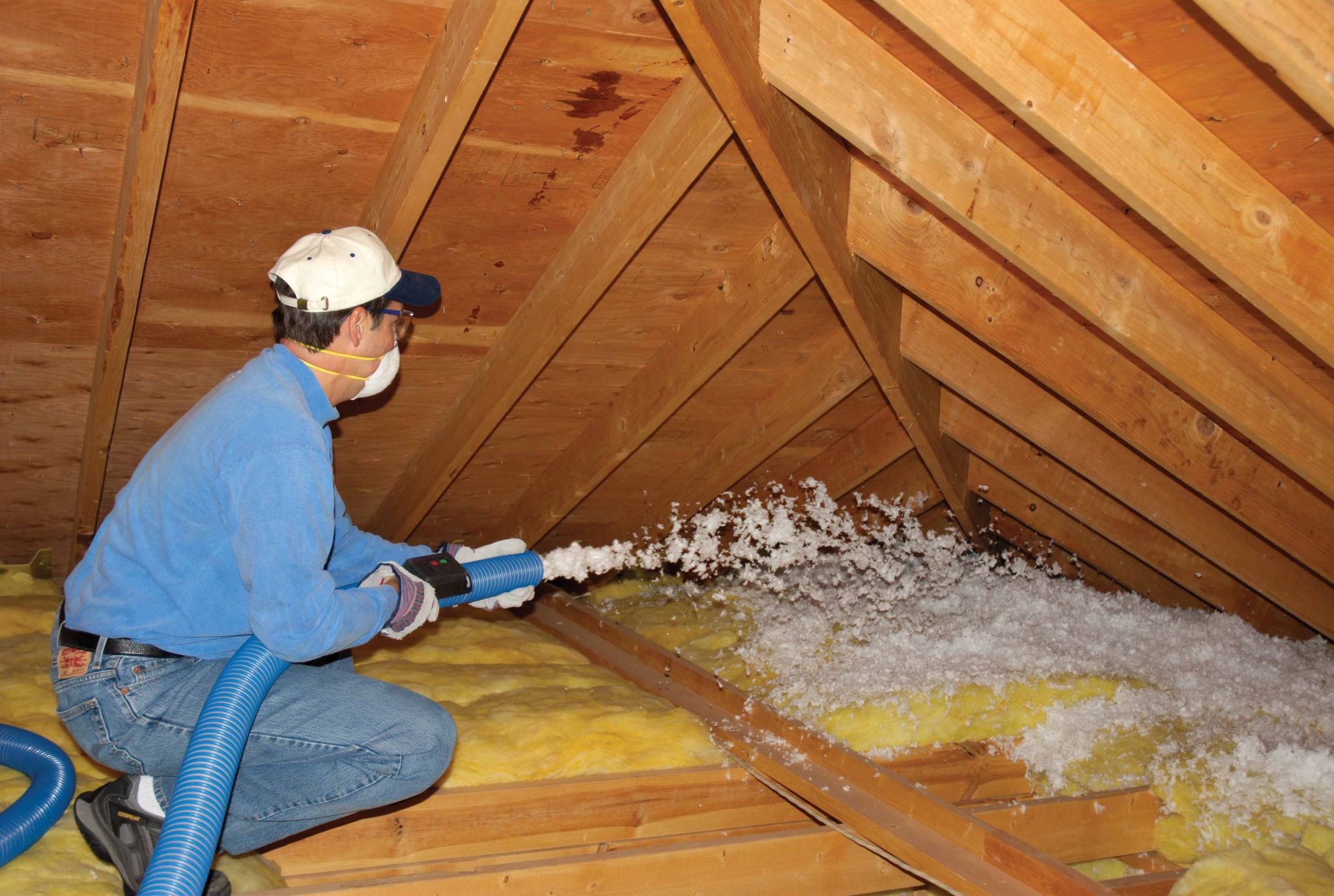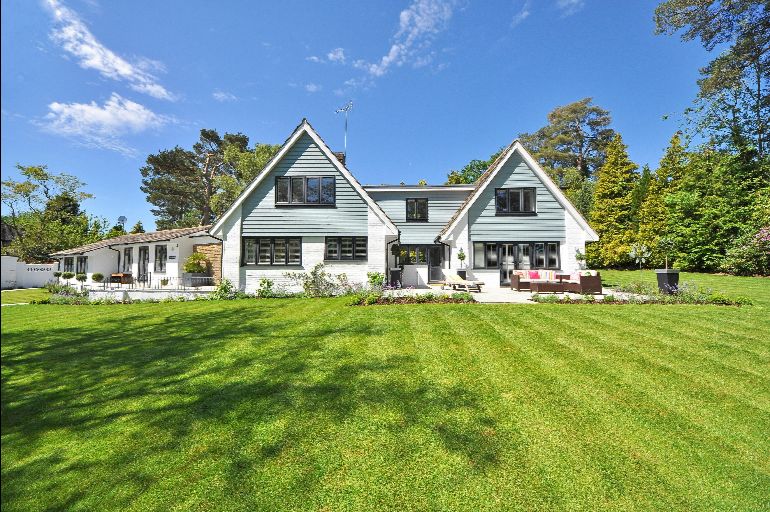The attic can be used to store skis and skates, Christmas tree decorations, grandma’s tea set, audio cassettes, old photo albums, and much more. To protect all these items from dampness and cold air, we recommend insulating the attic. Why else would it be necessary, what materials should be used, and what is the sequence for laying the layers of insulation? We’ll cover these and other important points in our article.
Why is it necessary to insulate the attic?
This work isn’t just necessary for the safety of your belongings. Insulating the attic of a private home is primarily necessary for the comfort of the residents. A building can lose about 30% of its heat through the roof. After installing the roof insulation, this figure is reduced, the air in the rooms will cool more slowly, and you won’t have to waste unnecessary energy resources.
The layers of the roof insulation—vapor barriers and waterproofing—also protect the wooden structures from moisture, which in turn prolongs their lifespan and prevents them from rotting.
Selecting materials for attic insulation
Insulation materials come in loose-fill, spray-on, roll, mat, and slab forms. All are suitable for attic floors. Loose-fill materials are not suitable for roof slopes, so keep this in mind when choosing insulation.
Important Note: Improve your home’s comfort and energy efficiency with Attic Space Insulation Lafayette CA. Our experts provide quality insulation solutions to reduce energy bills and maintain perfect indoor temperatures.
What is the most common method for insulating the space under a roof?
Mineral wool
Depending on the raw material, there are glass wool, slag wool, and rock wool. This product is produced in rolls, mats, and slabs. Dense slabs are most convenient for insulating slopes. Using foil-faced mineral wool, you’ll solve the issue of thermal insulation and vapor barrier. The aluminum layer will prevent moisture from entering the “pie” and, as a bonus, reflect infrared radiation.
Mineral wool has low thermal conductivity and blocks noise, which is important for the space under the roof. It is non-flammable (it can be used for chimney insulation), does not warp when properly installed, and lasts up to 50 years. Its weaknesses include low moisture resistance. Absorbing liquid, the insulation loses its properties. Therefore, if the material is not foil-faced, careful vapor and waterproofing must be performed.
Also, during installation, especially when working with fiberglass, it is necessary to observe safety precautions – wear a protective suit, goggles, gloves, and a respirator to prevent small particles of fiberglass from irritating mucous membranes and skin.
Styrofoam
The insulation is lightweight due to its composition—98% air. Foam’s light weight means it doesn’t overload roof structures. Installation is straightforward; the boards can be cut to the required size with a standard utility knife. Its low thermal conductivity makes it a reliable protection against cold weather. Foam is also water-resistant and retains its properties.
High-quality materials, such as KNAUF Therm® Roofing and KNAUF Therm® Roofing Pro , are environmentally friendly, non-flammable, and do not emit harmful substances. They can be used in buildings with stringent fire safety requirements, as confirmed by the All-Russian Research Institute of Fire Protection (VNIIPO) of the Ministry of Emergency Situations of the Russian Federation.
Foam is well suited for use on floors, pitched roofs, and for insulating attic walls in wooden houses. It can last for several decades.
Extruded polystyrene foam (EPS)
Its composition is similar to that of polystyrene foam. The production methods differ: EPS is extruded through a special machine. This results in a denser product, which is, however, more often used for foundation insulation. Extruded polystyrene foam has the same advantages as expanded polystyrene, but it is often flammable.
Foamed polyurethane foam
It’s a gas-filled plastic. This modern product adheres well to any surface, creating a seamless, airtight thermal insulation layer. Polyurethane foam has one of the lowest thermal conductivities, is moisture- and fire-resistant, and doesn’t require mandatory vapor or waterproofing. However, there’s a catch: spraying this material requires expensive equipment. It’s cheaper to entrust the job to professionals than to do it yourself.
Expanded clay
A natural material in the form of fired clay granules of varying sizes. It is used to insulate horizontal surfaces, such as concrete floors. For those wondering what is the best insulation material for the attic of a wooden house, expanded clay is less suitable. This is because the granules can absorb moisture coming from inside or outside the building. Water makes the clay pebbles heavier. Even when dry, expanded clay can exert considerable pressure on wooden floors, as a layer of at least 25 centimeters is required for effective insulation. Expanded clay’s advantages include its eco-friendliness, fire resistance, and low cost.
Ecowool
Another natural product, made from 80% recycled paper. Its thermal conductivity is comparable to other popular insulation materials. Exposure to moisture has no effect on the quality of ecowool; it is moderately flammable, has good noise insulation, and lasts for decades.
Using blowing machines, ecowool can be applied in a continuous layer even to hard-to-reach surfaces. However, doing this yourself is not easy.
Sawdust and straw
Traditional insulation materials used before the advent of modern insulation. They absorb moisture, burn easily, and are favored by rodents. To increase reliability, natural components are mixed with lime, water, and cement. This mixture can be used to insulate floors. The installation process is labor-intensive, but the price is one of the lowest.
Choose a material based on your budget and other resources. Also, be sure to calculate the thickness of the insulation layer in advance. What does it depend on? It depends on several factors, such as the climate zone, the length of the heating season, the materials used to build the house, etc. An online construction calculator can help you make precise calculations. Note that since the attic is not a living space, the insulation layer on the roof may be thinner than the layer on the floor.
Preparing the attic for thermal insulation
How to properly insulate the attic of a private home? The first step is to prepare the space. Remove all belongings, remove small debris, and check the structural integrity. If you find cracks in any elements, fill them with putty.
The floor base must be level, especially if you’ve chosen expanded polystyrene as insulation. All wooden parts should be treated with preservatives and fire retardants to prevent mold and mildew growth and enhance fire resistance.
Vapor barrier
In addition to insulation, you’ll need special films/membranes. The first is a vapor barrier. What’s it for? To protect the attic from condensation. The vapor barrier sheets are overlapped, and the joints are sealed with construction tape to create a sealed membrane. You can use foil-faced film, with the aluminum layer facing inward into the attic to reflect heat.
Waterproofing
Another component of the “pie.” Waterproofing films and membranes protect it from moisture penetrating from outside, such as precipitation. Waterproofing is especially important if you’re working with an old roof and using hydrophobic insulation.
Installation follows the same principles as vapor barriers: a sealed layer is created from overlapping strips of material, sealed with tape.
Attic insulation technology
So, you’ve selected and purchased all the necessary materials and prepared the space. What’s next? How do you insulate the attic? You need to assemble a thermal insulation “pie” on the slopes and the ceiling.
Important Note: Stay cool and save energy with Radiant Barrier Insulation Orinda CA. Our expert insulation services help reduce heat, lower energy bills, and enhance home comfort year-round.
Sequence of actions under the roof:
- We attach the waterproofing using a construction stapler if it wasn’t installed during the house’s construction. The membrane should cover the rafters.
- Place insulation between the rafters. If you’re using expanded polystyrene, the width of the sections should be equal to the distance from one rafter to the next. If you’re using mineral wool, the sections can be 1-2 centimeters wider than this distance.
- We install a vapor barrier, covering the insulation with it.
- We assemble the lathing and attach the facing materials to it.
Sequence of actions for overlapping:
- we put a vapor barrier on the base of the ceiling;
- we place insulation on top;
- we cover everything with waterproofing;
- We install the finishing coating.
The algorithm for a concrete foundation involves laying a screed, then placing a “pie” on top, which is then covered with another screed. You can read more about this in the article on how to insulate an attic floor.
We’ve explained how to properly insulate an attic in a private home. You can do the work yourself or hire a professional. And if you decide to convert the attic space into a bedroom or living room, check out our article on insulating the attic of a private home.



